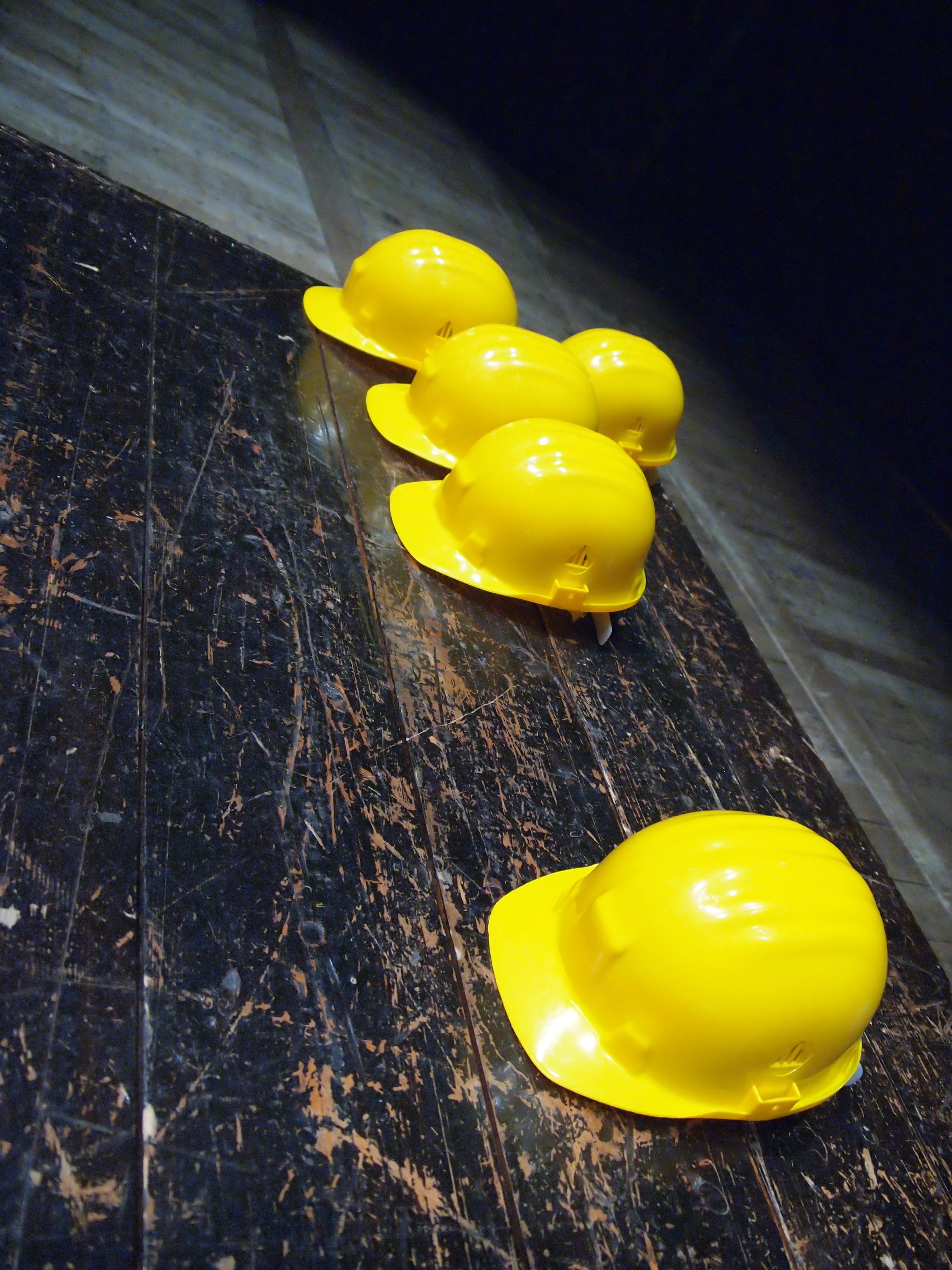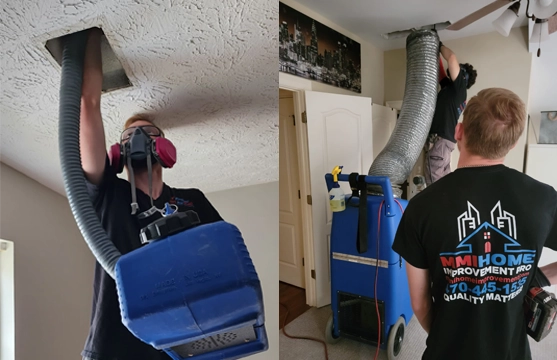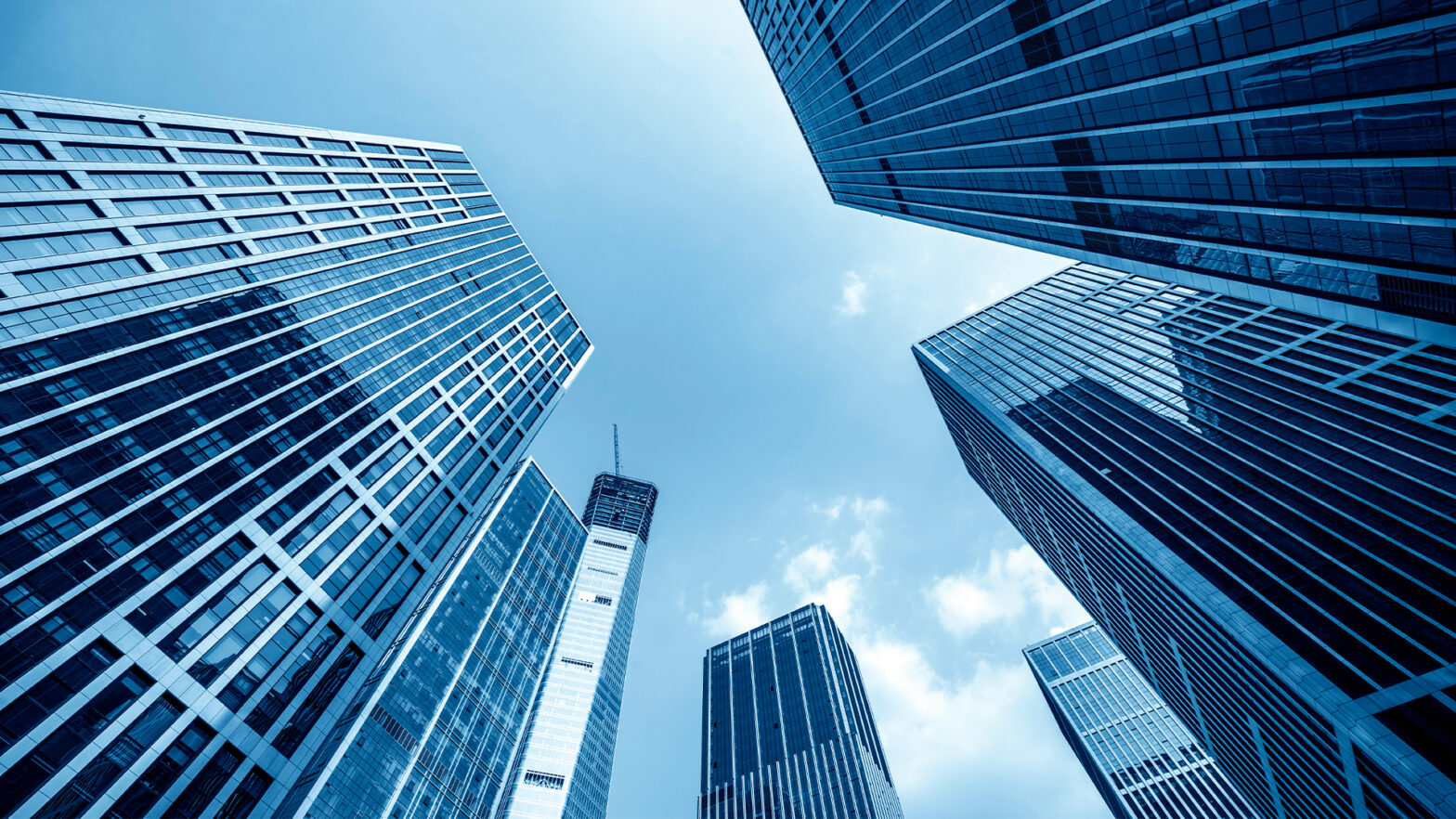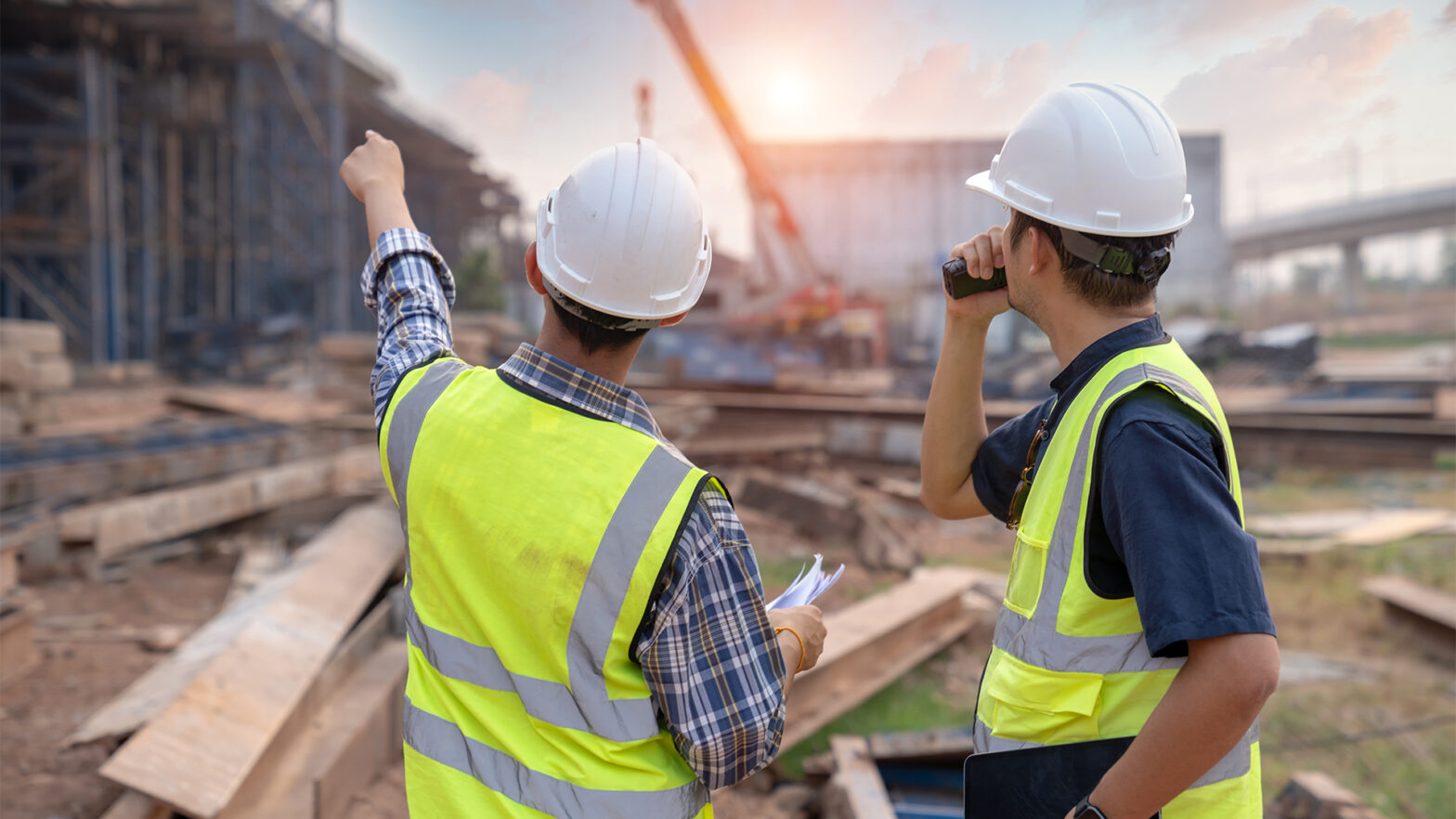There is a transformation going on in construction that is often ignored. While there aren’t new machines and jobs are not getting more noisy, something is transforming: awareness. With the emergence of the Internet of Things (IoT), technologies like sensors, devices and systems are beginning to “talk” to each other. Because of this, job sites are becoming more responsive rather than merely reactive. These smart sites not only shape the buildings themselves but also influence the way people feel and function inside the buildings.
IoT in the Building Industry
In this new landscape, efficiency is not the only factor that improves, and the rhythm of the workplace changes as well. With the IoT in construction, equipment self-monitors and adjusts the schedule if need be. Schedules get adjusted automatically, and environments learn and adapt. The focus for both managers and employees can shift to what really matters, thanks to reduced mental load. The future, unlike the present, is not connected to everything. Instead, it will be calm, clear and intentional.
It has become a quiet necessity to understand how various devices connect on an informational level, including how data flows and its implications. Just like we supervise the smart site’s exterior systems, it is also important to guard against digital threats.
During system integration processes, it is common practice for many professionals to have this informational brochure at hand on how to determine whether your computer has a trojan virus, as well as how to check for malware on multiple devices. The answers to these queries—how to detect a trojan virus on an iPhone, what a reliable trojan detector looks like, or how a simple trojan checker works—are now part of the new technical literacy, not because such knowledge is urgent, but rather because having control is essential. So, check out a special guide where you can find all the necessary info on how to know if you have a trojan virus and how to check for trojan virus to secure yourself.
Rethinking Construction Through Connection
The technology eliminates barriers as best as it can, and this is definitely the case with IoT in construction: building management literally transforms job sites into automated ecosystems where tools, materials, and people flow idly in synchrony. When you walk into a job site where lighting follows the workers’ movements to minimize exertion or where structural components are continuously monitored for real-time health status on a system level, the ambience is different.
This isn’t just about flashy automation. It is about how responsiveness reduces friction. For instance, smart helmets can proactively alert users to danger zones even before they step foot into them. Crews can plan for material deliveries without having to guess, thanks to GPS systems that track the deliveries. While these tweaks may seem small on the surface, their positive impacts are far-reaching—they help people feel more capable, prepared, and safe.
The Emergence of Smart Building IoT
What happens after a building is finished? More often than not, that is when it starts to showcase its intelligence. With smart building IoT, spaces are able to respond to the needs of their users. Lights turn off when no one is in the room, while airflow is optimized depending on where people congregate. Conference rooms are integrated with calendars, and they automatically sync. These improvements do not only enhance energy efficiency; they also enhance occupants’ emotional experience within the space.
At the residential level, these technologies provide effortless personalization of comfort. At the commercial level, they help address convoluted processes. For property managers, these tools shift maintenance strategies from reactive to proactive support. The systems are designed to learn, not for the sake of collecting data, but to make life better for the people who use the spaces on a daily basis.
Emotional Design in Building Construction IoT
Construction reasons go beyond the time, budget and scope. For instance, ensuring that people utilize the space properly is incredibly vital. Motivates fluid communication. Consider a case where someone shows up on site, and everything concerning progress, delivery, or even weather alerts is shown on a screen as he enters the site. Digital signage and smart boards are no longer limited to hotels; smart buildings use them to ease, inform and calm the fuss during construction.
Everyday events such as motion light switches and voice prompt machines are more than just perks. They improve the otherwise volatile environment. Ensure that people are able to look forward instead of only responding to situations and events around them. A smart environment is defined by ease of orientation.
Smarter Building Management after Construction
Even after the building is finished, a smart building continues to learn. Facility managers can observe the building’s occupancy, energy consumption, and maintenance intervals using the IoT building management systems. It’s not just about the figures but how insightful the data is.
Listening Data as A New Skill
The managing groups of these locations are shifting, too. A manager does not only inspect construction documents—they analyze a dashboard. Electrics do not only complete wiring—it is now also a form of software engineering. People are asked to not just execute construction plans—rather, they build and listen to systems that are permanently “talking.” That is why IoT construction is not merely a change on the technical level—it is a socio-technical transformation.
This involves having to look deeply, requiring more attending thought, observation, and use of time. This kind of intelligence focuses on the delicate feedback systems that smart systems have. Above all, this pays the greatest attention to people—focus and retain attention to people rather than processes.
Conclusion
We are closer to built environments that collaboratively think with the user when IoT applications are used in construction. Where data becomes an aid rather than an overloaded burden. Decisions veer away from hasty reactions and transform into adjustments. And where the focus is no longer on the technology itself but on the human work designed to be enhanced and supported.


































